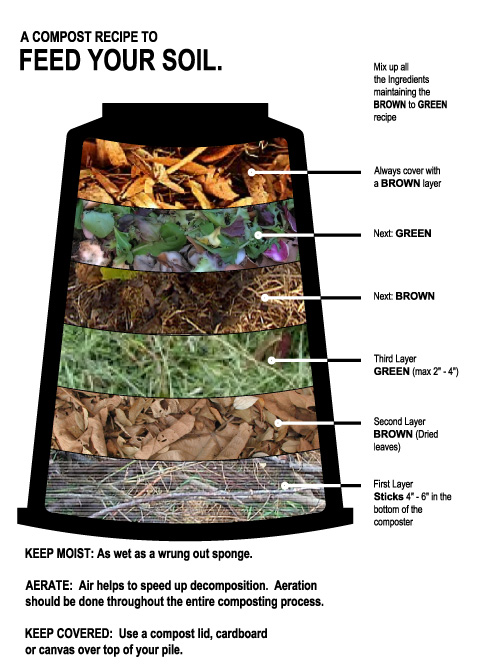There are many ways to take care of the environment. One of them is the reduction of waste that we generate daily in our home. According to SINIA, in 2018 the total generation of solid waste generated in urban homes reached 4,959,950 tons. In addition, in the same year, MINAM reported on its official website that from all these solid wastes only 1.9% of those that can be reused are recycled.
Currently, many people have joined the fight for the environment and both young and old have made various proposals that seek to reuse the waste we generate and make the most of them. This is achieved according to the type of waste we want to focus on.
There are four major groups of waste: paper and cardboard, glass, plastic, and organic waste. Today we will focus on one group: organic waste.
Do you have plants or a garden at home? Then you know how important it is to fertilize the soil since this not only provides them with the necessary nutrients for the plants to continue growing, but they also give our plants more vivid colors and make them look beautiful and healthy.
An economical and positive way for the environment to achieve these results is to practice composting at home. This consists of locating the organic residues that we produce at home in layers so that they decompose in a controlled way and thus obtain a natural fertilizer for our plants.

To make our homemade compost, we need:
- A container: This can be a large clay pot or a plastic bucket.
- Organic waste generated at home: fruit peels, dried leaves, eggshells, newspaper cut into small pieces, ground coffee waste, twigs, or pruning remains from our garden.
TOP TIP: We must avoid placing meat, fish, bones, food remains such as noodles, sauces, fats, or oils, and the excrement of our pets since these do not favor our compost.
The way to make our homemade compost is to insert layers of wet and dry residues. The key to composting success is that the mix is neither too dry nor too wet. The balance between dry and wet residues is important for our natural fertilizer to be successful.
For this, the first layer of waste must be dry, we can, for example, put a sheet of newspaper on the bottom of our compost bin and place our dry waste (dry leaves, twigs, sawdust) on top and place the wet waste on top ( fruit and vegetable peels).
The ideal is to stir our mixture at least once a week to oxygenate the residues and thus also avoid bad odors. The homemade compost will be ready when the waste put into the compost is no longer recognizable. To use it we must separate the fine material from the thickness, that is, we must separate from our fertilizer the remains that are not completely decomposed, these will be returned to the container to be part of our new mixture.